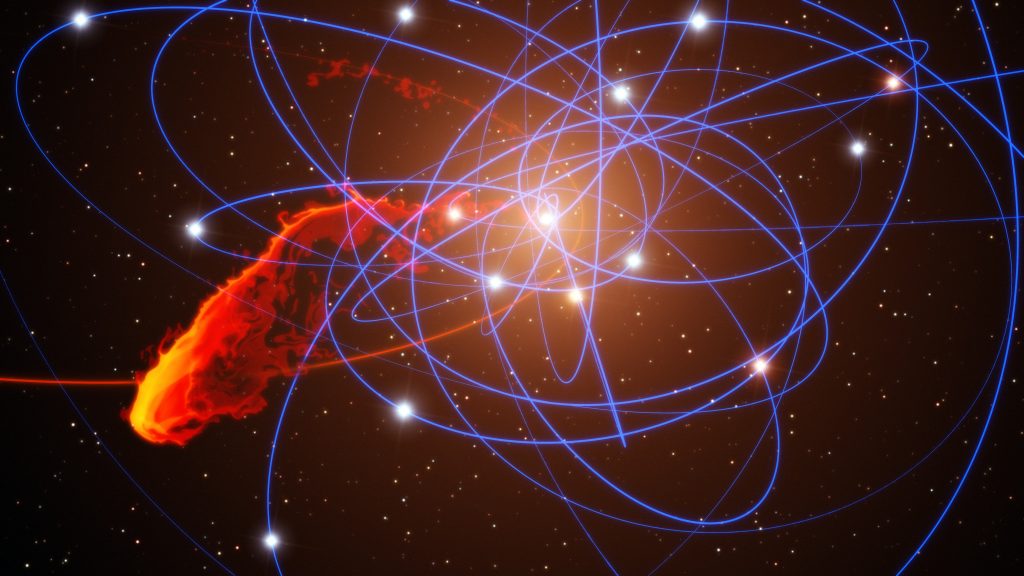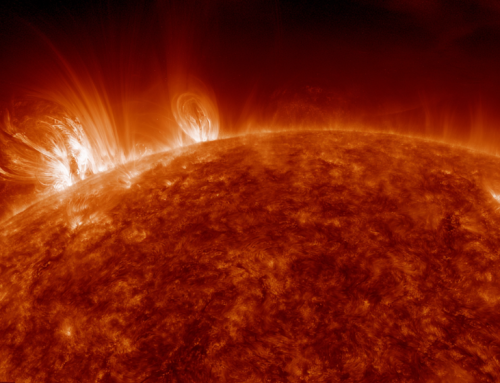 Facial Recognition AI Leads to Broader Uses for Astronomers
Facial Recognition AI Leads to Broader Uses for Astronomers
A team of international researchers developed a deep learning algorithm to analyze images of galaxies taken by the Hubble Space Telescope⎯which helped successfully classify what stage they were in their evolution.
The Astrophysical Journal accepted the study “Deep Learning Identifies High-z Galaxies in a Central Blue Nugget Phase in a Characteristic Mass Range” for publication after reviewing it. Led by Marc Huertes-Company of the University of Paris Diderot, the study included representatives from the University of California Santa Cruz (UCSC), the Hebrew University, the Space Telescope Science Institute, the University of Pennsylvania Philadelphia, MINES ParisTech and Shanghai Normal University (SNHU).
In collaboration with David Koo and Joel Primack, both of whom are professor emeritus’ at UC Santa Cruz (and with support from Google), Huertas-Company and the team spent the past two summers creating a neural network to identify galaxies and their stages of development.

An evolution diagram of a galaxy shows star formation, stellar bulge and elliptical galaxy. Image by NAOJ
The scientists used mock images to train the deep learning neural network to recognize three main phases of galaxy evolution that had been previously identified in the simulations.The images were part of Hubble’s Cosmic Assembly Near-infrared Deep Extragalactic Legacy Survey (CANDELS) project–the largest project in the history of the Hubble Space Telescope. What they found was that the neural network’s classifications of simulated and real galaxies remained consistent.
The research team sought galaxies with a small, dense, star-forming region known as a “blue nugget.” The regions occur early in the evolution of gas-rich galaxies, when big flows of gas into the center of a galaxy cause the formation of young stars that emit blue light.
According to Koo, using deep learning to study galactic evolution could show previously undetected aspects of observational data. Instead of observing galaxy images as moments in time, astronomers will be able to simulate how they evolve over billions of years.







Leave A Comment